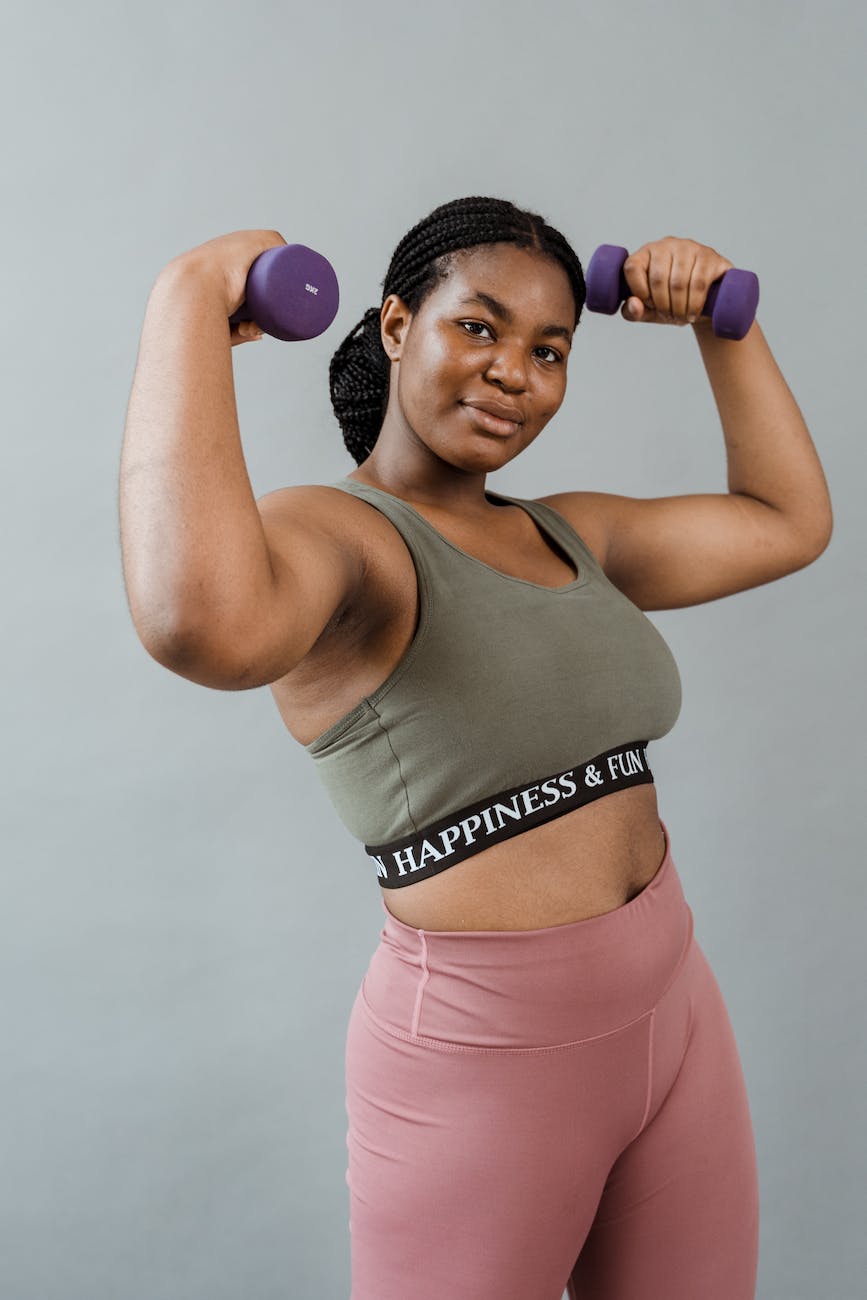By now, we’ve probably all seen Nicole Kidman flexing on the cover of a magazine last month. Fitness professionals immediately started sharing advice on how to lift weights and eat to achieve similar results. Headlines everywhere used phrases like “empowering”, “jacked”, “ripped as hell”, and even “beautifully bulging biceps” as people remembered that she’s *gasp* 54.
And for the most part, that’s what people have focused on: how great she looks for her age. Which is the wrong conversation, if you ask me.
We should be talking about the benefits of strength training that have nothing to do with looks, questioning why we keep elevating certain bodies over others, and finally calling BS on views of what is “acceptable” when it comes to women and aging.
Lifting weights goes way beyond “looks”
Thanks to that cover image, muscles have suddenly been declared “the ultimate mid-life status symbol”. As if the only reason for older women to lift weights is to not look old.
It’s worth pointing out that Nicole has always been pretty lean. And for all the advice on how to get the same results, the information out there on her workout regime isn’t super clear on how she actually uses weights. Some interviews say she uses light weights, others say she focuses on building muscle without weights through activities like yoga.
Nevermind the fact that how someone looks tells you nothing about their overall health. Focusing on lifting weights to achieve a “look” doesn’t take into account that every body is different and thus will respond to strength training differently.

It also thoroughly overshadows the critical benefits of lifting weights that have nothing to do with looks, like boosting mental health, strengthening our bones, and preventing falls. Focusing on those actual health outcomes when it comes to weights and aging is much better than just “Could you get ripped in your 50s?”
Societal double standard
The praise for Nicole’s “muscly” physique is a complete double standard when you consider how often female athletes are body shamed for having visible muscle.
Serena Williams experienced intense body-shaming her whole career because of her muscles, along with disgusting sexist and racist comments. On one occasion in 2018, a journalist asked her whether she was intimidated by Maria Sharapova’s “supermodel good looks” (after citing Donald Trump’s comment 14 years earlier that Sharapova’s shoulders were “very alluring.”) Serena’s response was too good not to share here: “I can’t say I have been intimidated by anyone. That’s all. That’s it.”
It’s also ironic when you consider how often women who lift heavy weights are warned about putting on too much muscle based on the (completely unfounded) fear that lifting weights will make women “bulky.”
So, it’s ok to be “jacked” so long as you’re thin and white? Muscles are “beautifully bulging” and badass on a lean body, but are otherwise masculine and undesirable?
“Acceptable” aging
Aging is biological reality, and there is no right or wrong way to do it. Yet, we send the message that aging is “acceptable” for women only if they stay within the bounds of societal standards of beauty (i.e. youth) and health (i.e. thin).
Women of a certain age who stay lean, dye their hair, and plump the lines in their faces tend to be praised. Those who dare to have gray hair or gain any amount of weight are accused of letting themselves go.
This outdated view of aging is slowly changing, thanks in part to older women of all shapes and sizes – including older women who lift heavy weights – being more visible on social media. But we’ve got a long way to go.
Changing the conversation
To be very clear, my issue isn’t with Nicole, but the media going gaga over this cover. Society’s obsession with bodies and looks has completely changed what we think of “health” means. We praise a body like Nicole’s while glossing over the genetics, time, access, and privilege that goes into maintaining it and judging those that don’t have it as being careless with their health.
Having visible abs in your 50s shouldn’t be a requirement for being seen as more socially acceptable as we age. And we need to stop acting like it is.
It’s time that we shifted to a more holistic view of what it means to be healthy. No matter our age. Abs or no abs.



